So that Takahama-2’s operation could resume, Kansai EP filed applications with the NRA, together with those for Takahama-1 and Mihama-3, for safety examinations to confirm its compliance with the country’s new regulatory standards. To extend their operating lifetimes to 60 years, also, the company had submitted applications for Takahama-1 and Takahama-2 back in April 2015. In April 2016, it received permission to amend the reactor installations (basic design approvals) of both units.
Thereafter, Kansai EP conducted work related to safety measures and obtained local consent. It also completed installation work on the two emergency response buildings referred to in the standards as “specific safety facilities” (permanent backup facilities to be used in the event of an intentional aircraft strikes or other terrorist attacks). The facilities for Takahama-1 became operational some three months ago, on July 14, and those for Takahama-2 on August 31.
Takahama-1 reconnected to the grid on August 2 and restarted commercial operation on August 28. Meanwhile, Takahama-2 reconnected to the grid on September 20 and returned to commercial operation on October 16. With the restart of Takahama-2, all seven NPPs (6,578MW) owned by Kansai EP―Mihama-3, Takahama-1, -2, -3, and -4, and Ohi-3 and -4―are generating electricity again.
Kansai EP’s President MORI Nozomu then released the following comment: “Maximum use of NPPs is essential in order to achieve the goal of ‘S+3E’ (safety, along with energy security, economy and environmental protection).” He also reiterated the company’s determination to maintain safe, stable operations.
Takahama-2 made its debut as Japan’s tenth commercial reactor on November 14, 1975, exactly one year after Takahama-1, bringing Japan’s nuclear installed capacity to more than 5,000MW. At that time, 13 NPPs were under construction nationwide.


-1.png)

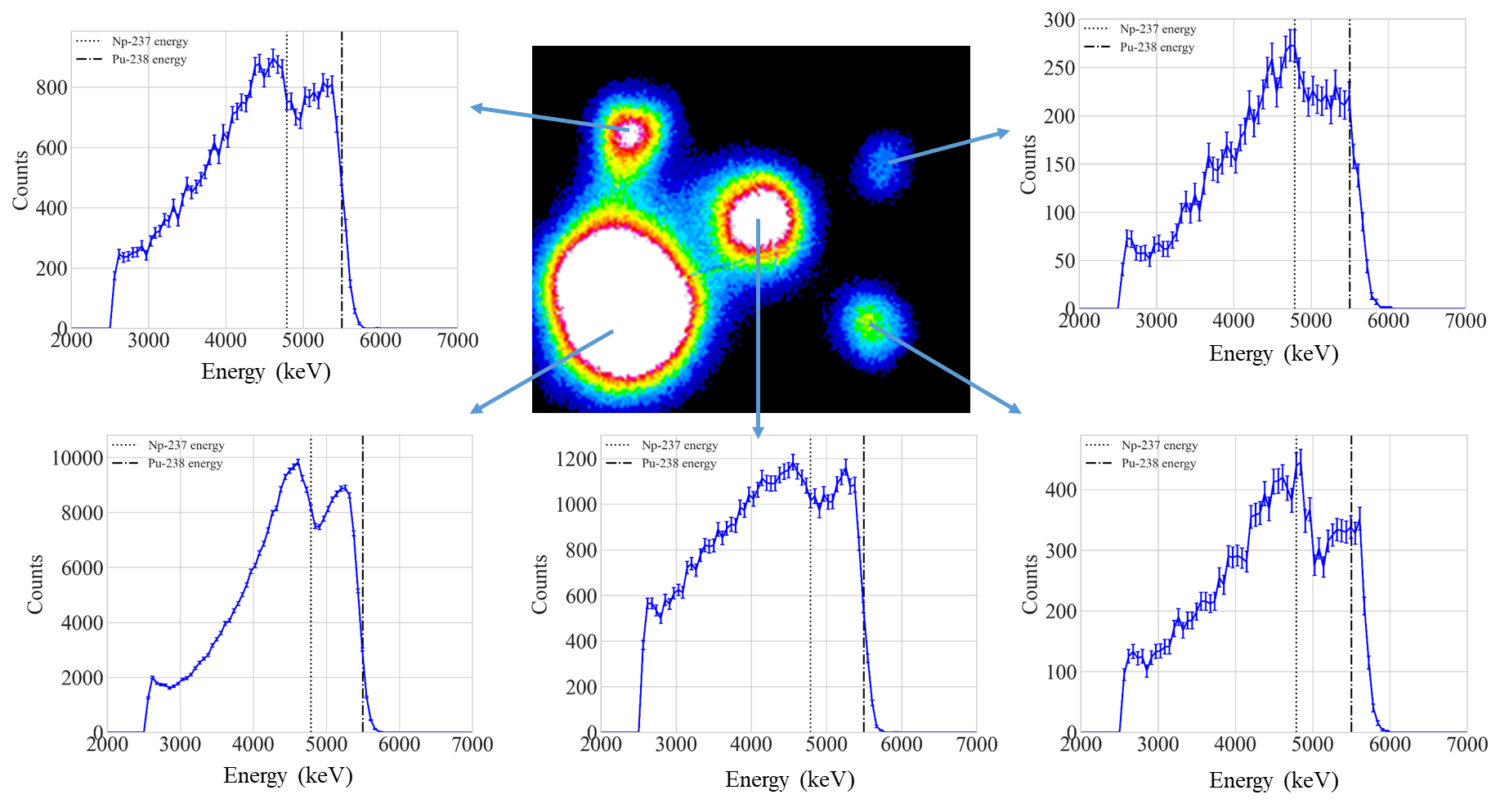
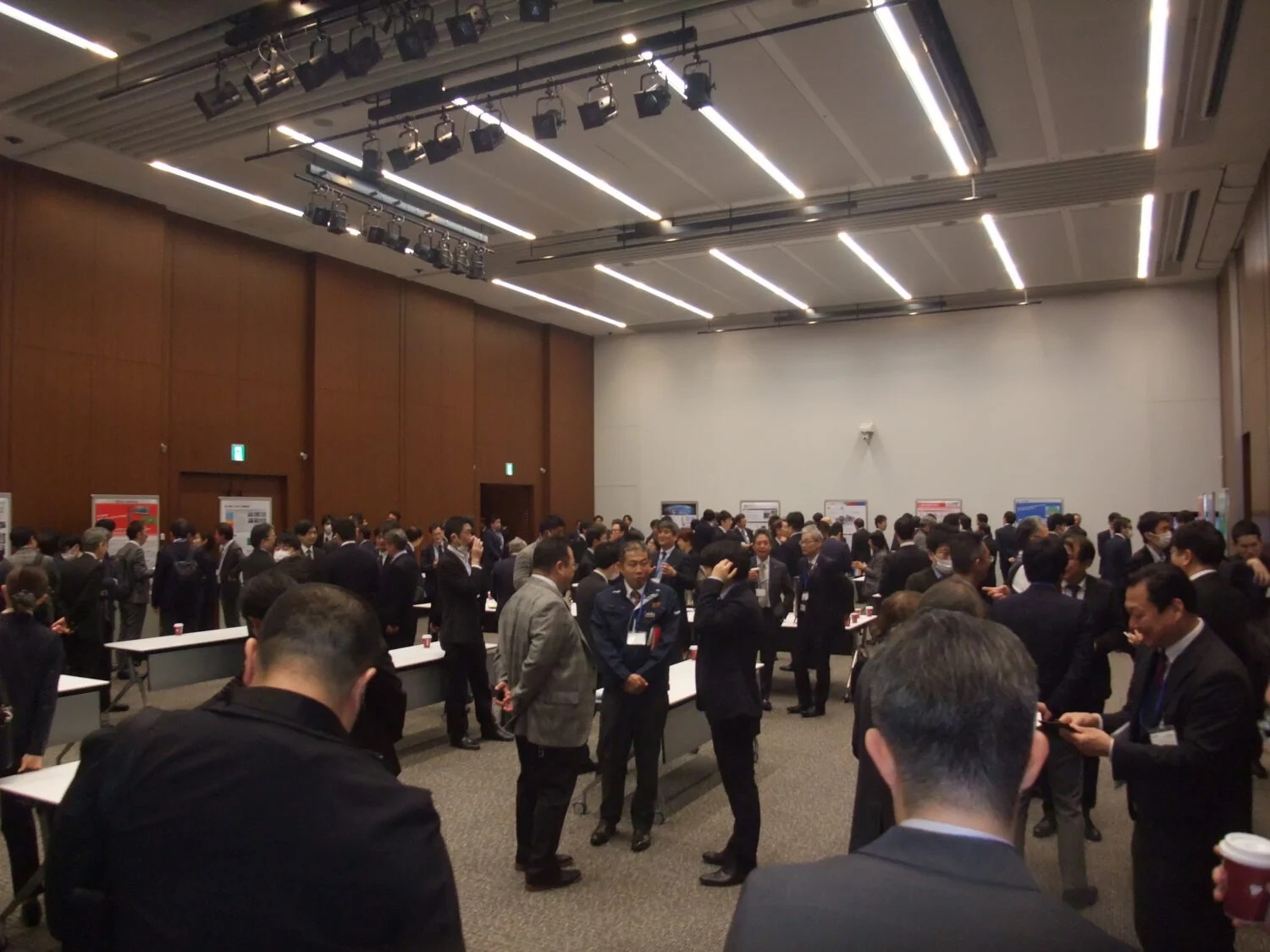

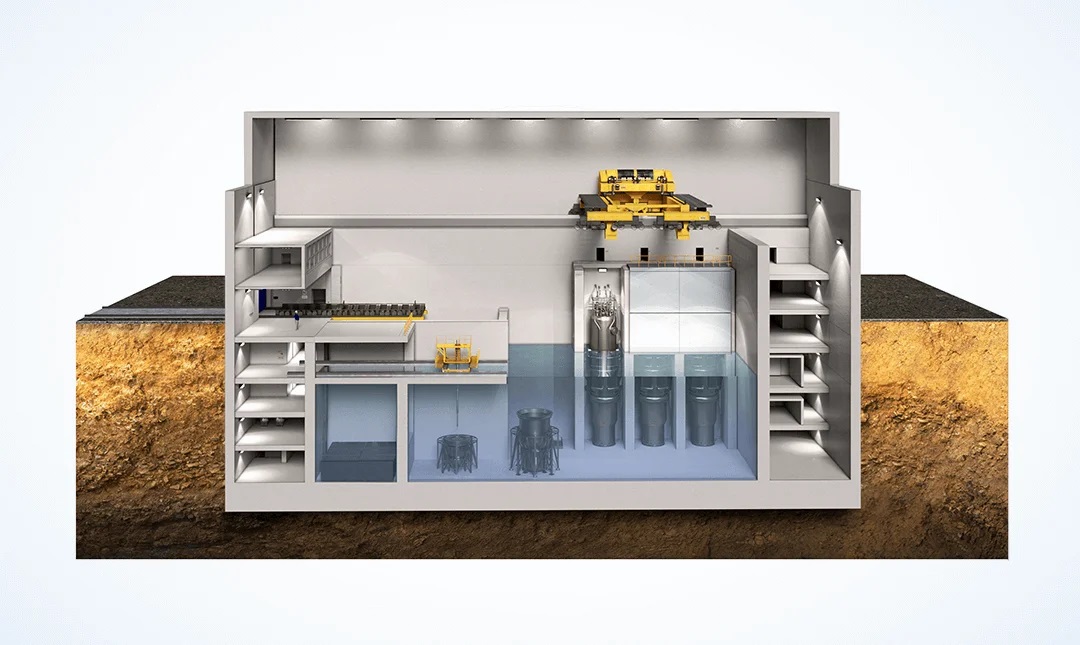
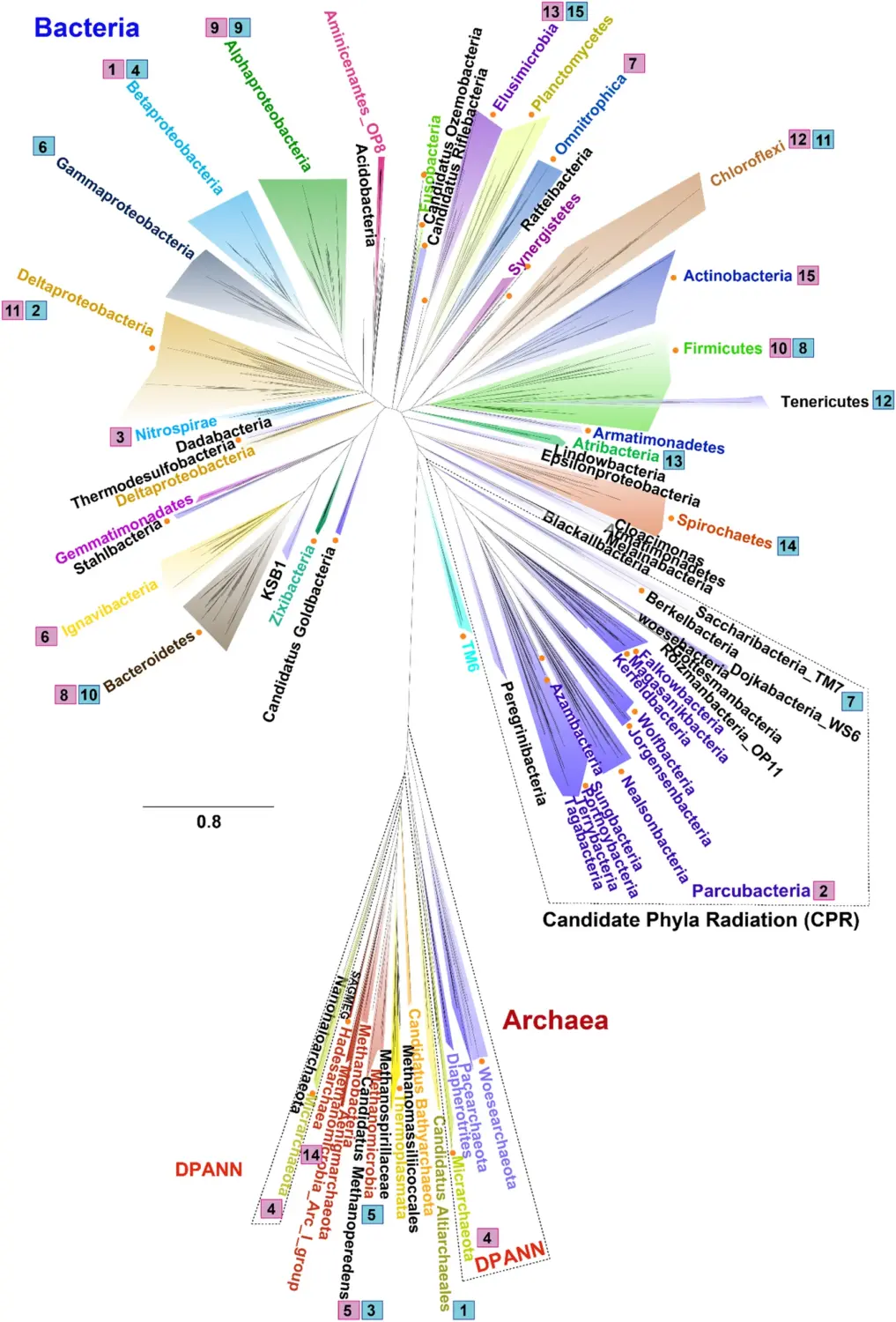
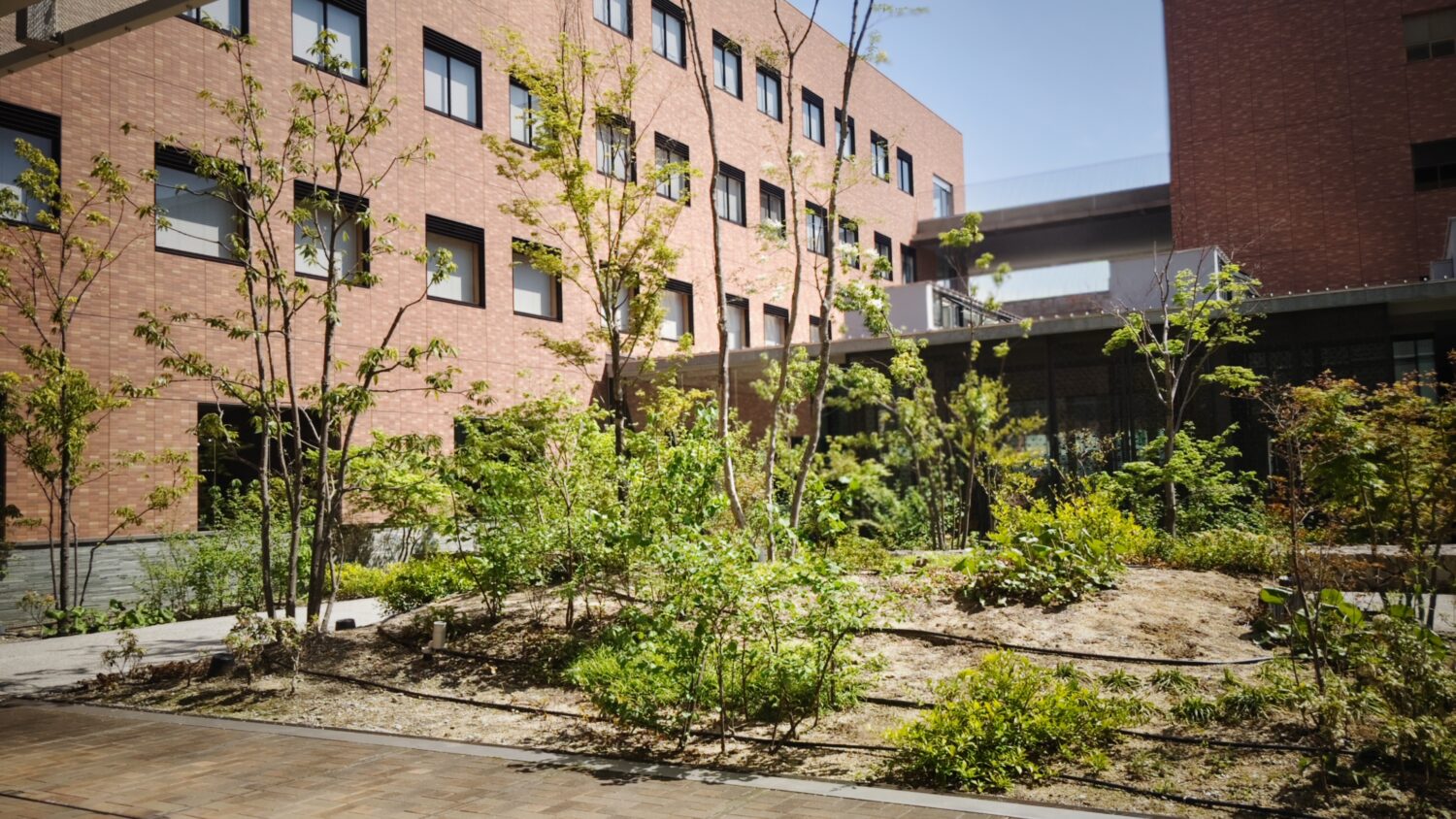

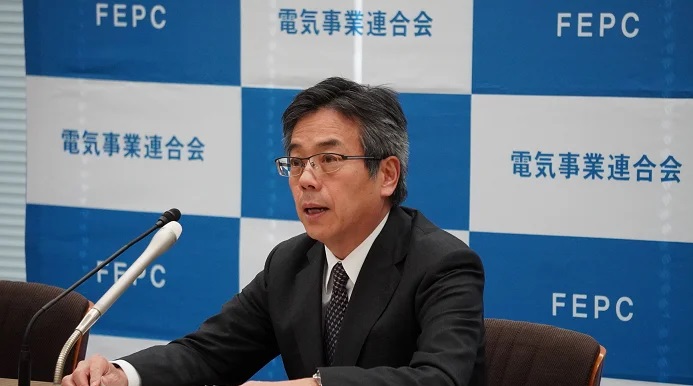

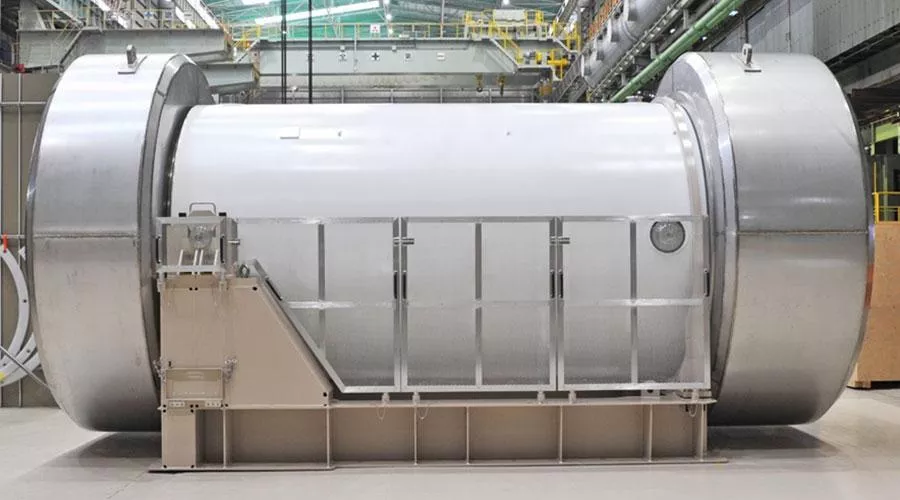
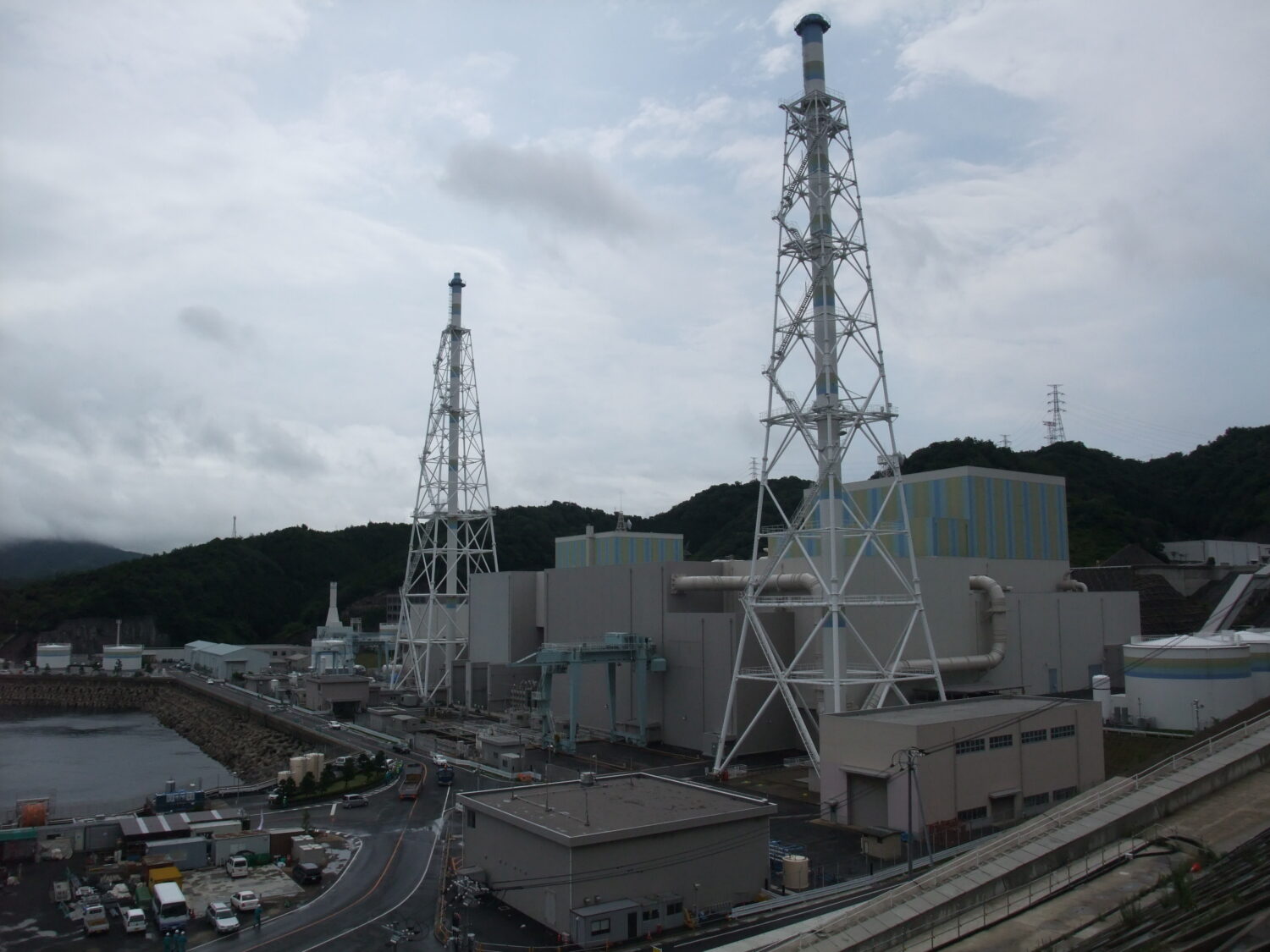
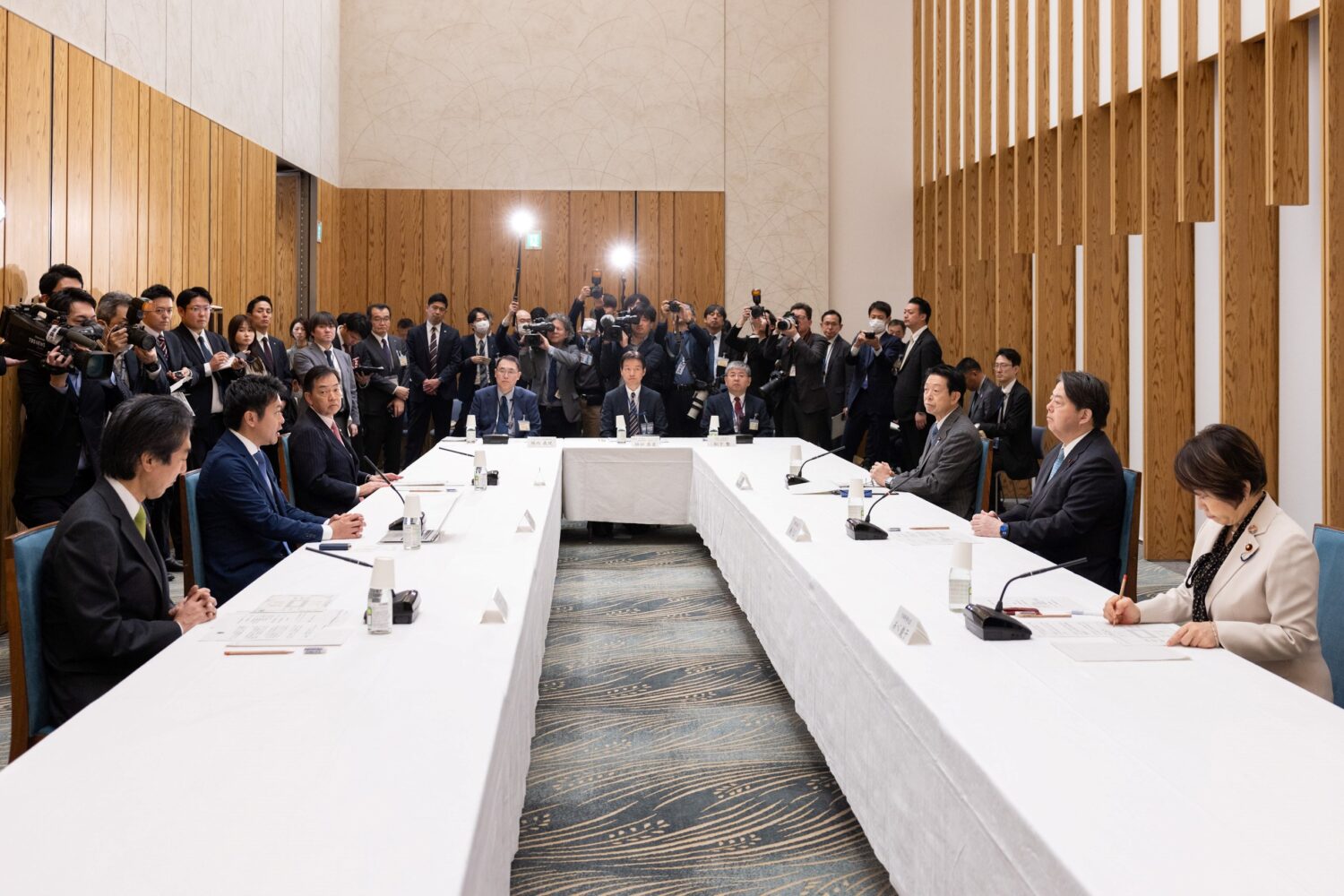
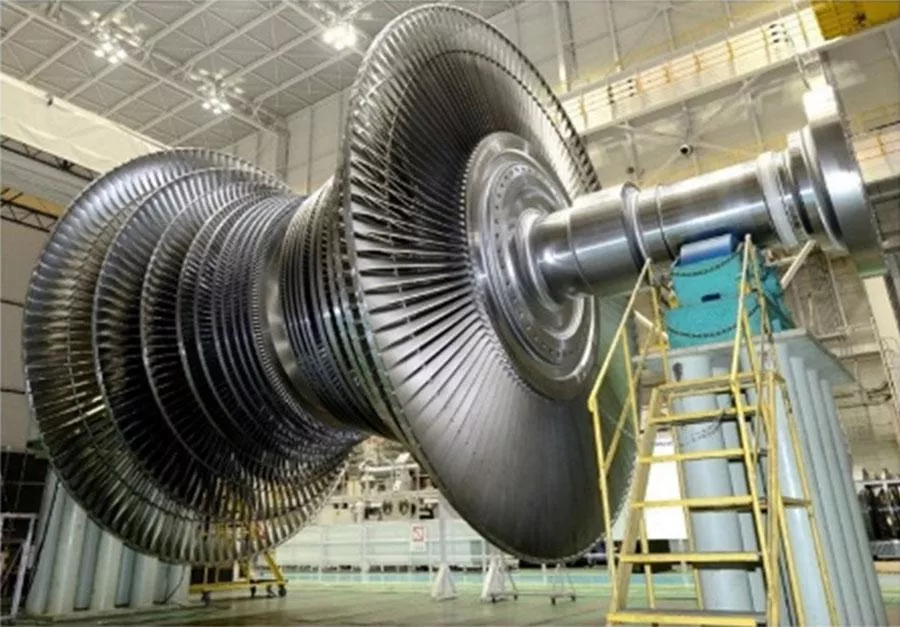

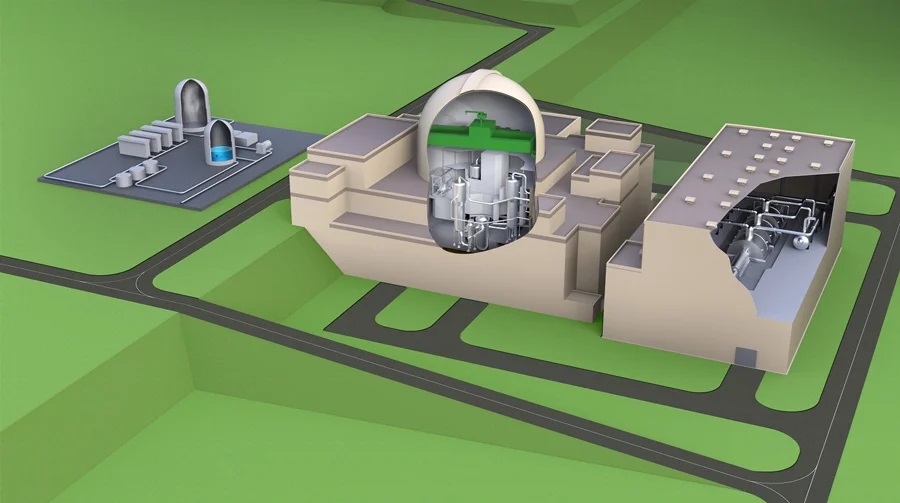
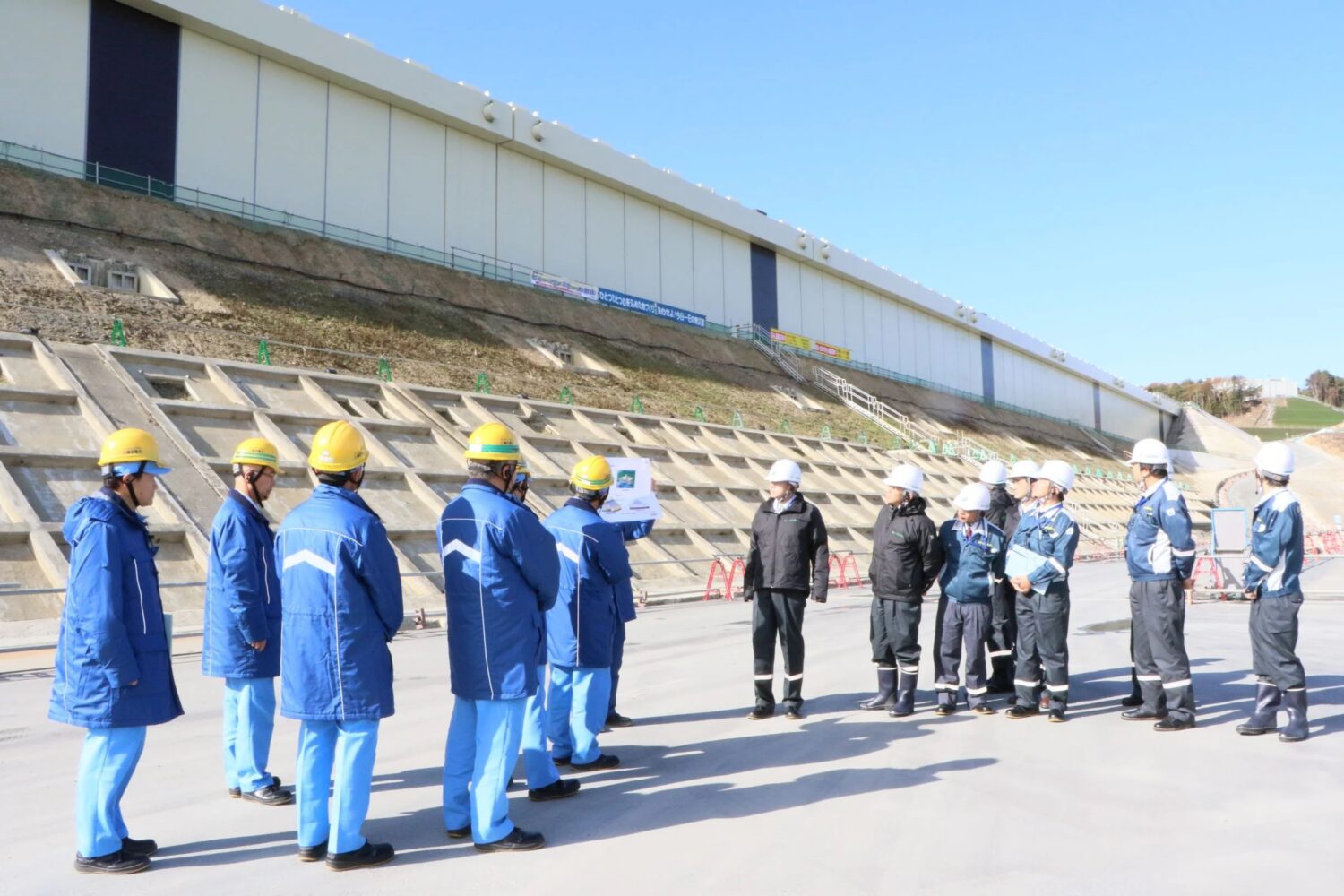
.jpg)
